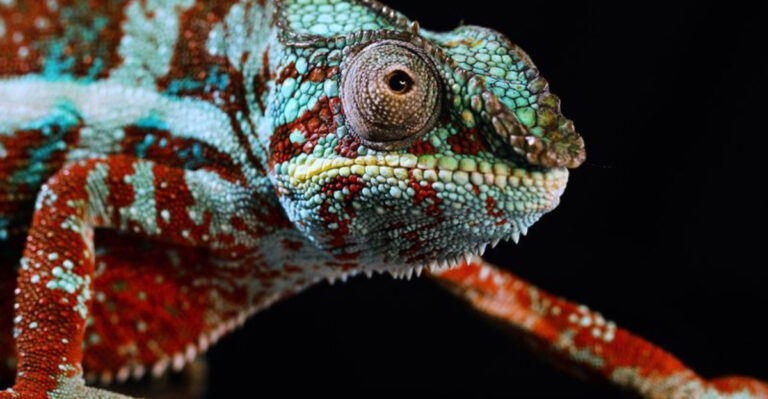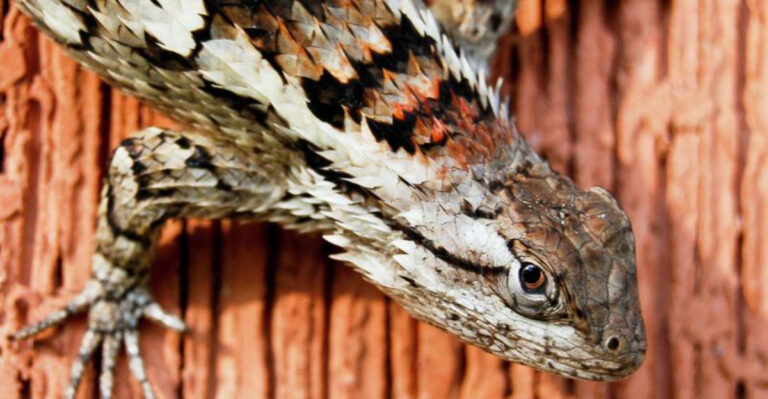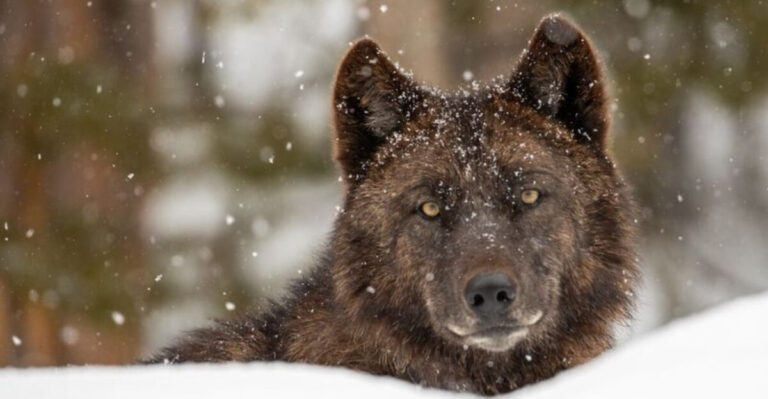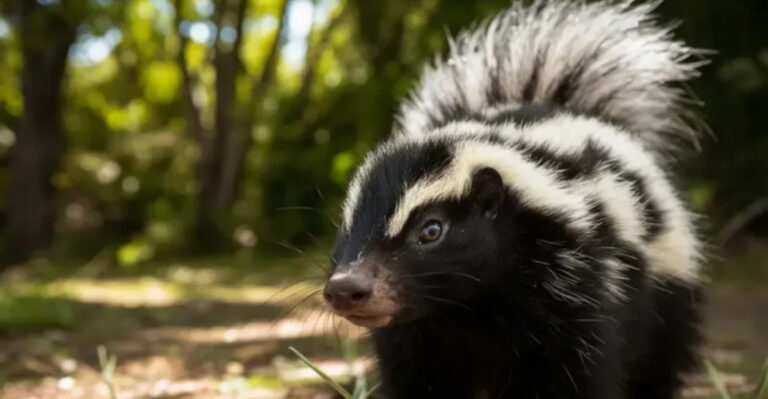Top 15 Most Expensive Dog Breeds To Care For
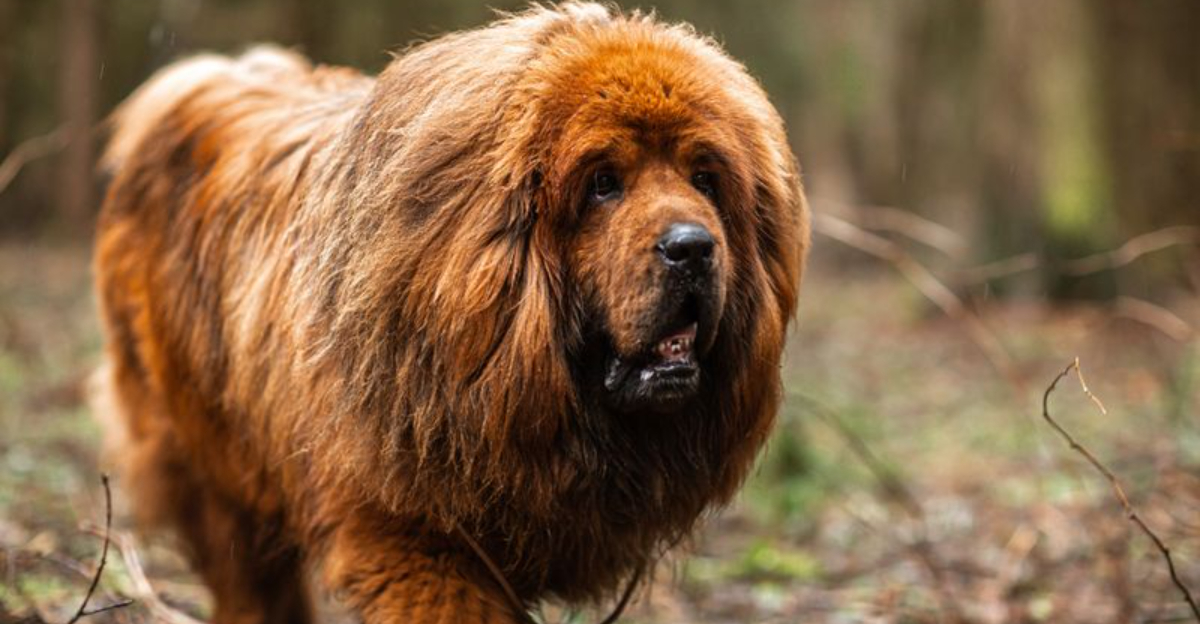
Ever wondered which furry friends might leave the biggest dent in your wallet? While all dogs need love and care, some breeds come with extra-hefty price tags for their upkeep.
From specialized grooming needs to genetic health concerns and enormous appetites, these canine companions require serious financial commitment beyond the initial purchase price.
1. Tibetan Mastiff
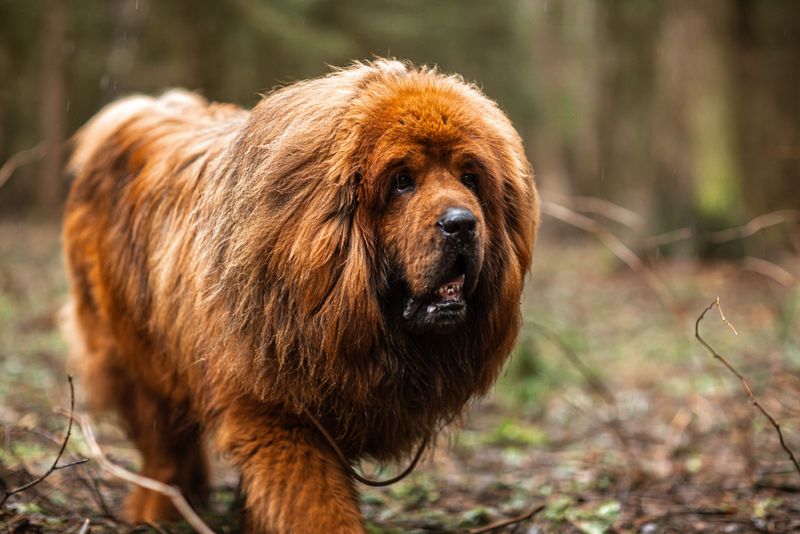
Once sold for a jaw-dropping $1.9 million, these majestic mountain guardians aren’t just expensive to buy. Their massive frames demand premium food costing upwards of $100 weekly.
Thick double coats require professional grooming sessions that can run $200 per visit. Factor in their predisposition to hip dysplasia and heart conditions, and you’re looking at potential veterinary bills that could make your credit card weep.
2. Samoyed
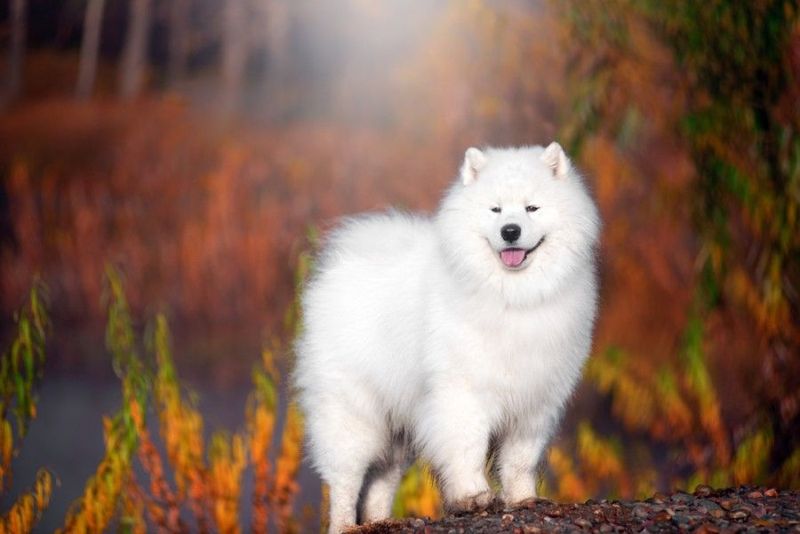
Behind that famous Samoyed smile lies a maintenance routine that’ll have your wallet frowning. Their pristine white coats demand professional grooming every 4-6 weeks, easily costing $100+ per session.
Prone to expensive health issues like cardiac problems and diabetes, medical expenses can quickly snowball. Add in their destructive tendencies when bored, and you might find yourself replacing furniture alongside those pricey vet visits.
3. English Bulldog
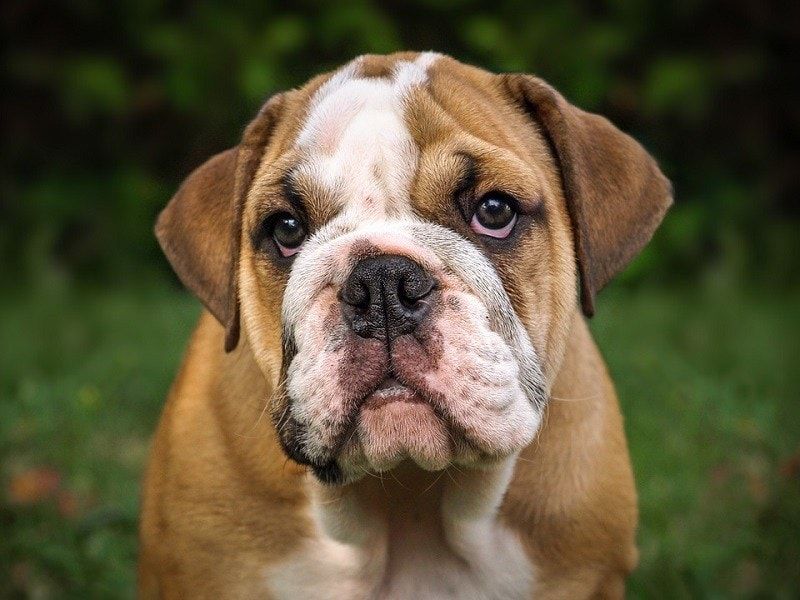
Those adorable wrinkles hide a multitude of potential expenses. English Bulldogs frequently need specialized skin care to prevent infections in their facial folds, with medicated wipes and creams adding up monthly.
Breathing difficulties often lead to costly surgeries, while joint issues and overheating problems necessitate climate-controlled environments. Many owners shell out thousands annually just keeping these flat-faced friends comfortable and healthy.
4. Chow Chow
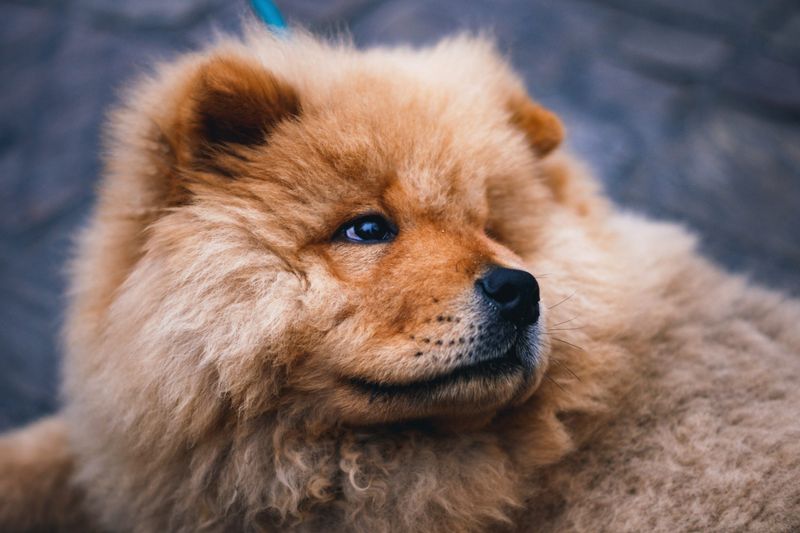
Resembling living teddy bears, Chow Chows carry price tags that extend well beyond adoption day. Their dense double coats demand professional grooming every 4-6 weeks, easily running $100 per session.
Notoriously stubborn, they often require specialized training that can cost thousands. Health-wise, they’re prone to expensive issues including hip dysplasia, entropion (eyelid problems), and thyroid conditions—all potentially requiring surgical intervention.
5. Rottweiler

Weighing up to 135 pounds, these powerful pups have appetites to match their impressive size. Expect to spend $100-150 monthly just on quality food to maintain their muscular build.
Rottweilers face numerous health challenges including hip dysplasia, heart issues, and cancer, with treatment costs potentially reaching tens of thousands. Many insurance companies charge premium rates for this breed, adding another layer to their considerable care expenses.
6. Great Dane
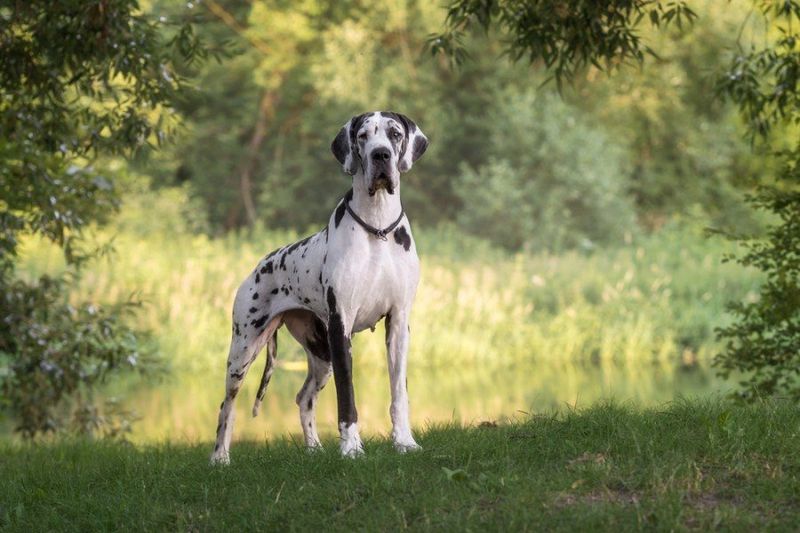
Standing nearly three feet tall at the shoulder, these gentle giants consume astonishing amounts of food—often 6-10 cups daily of premium kibble. Monthly food costs alone can exceed $200.
Their size predisposes them to bloat, requiring emergency surgery costing $2,000-5,000. With short lifespans of 7-10 years and numerous health issues including heart disease and joint problems, expect concentrated veterinary expenses packed into fewer years of companionship.
7. French Bulldog
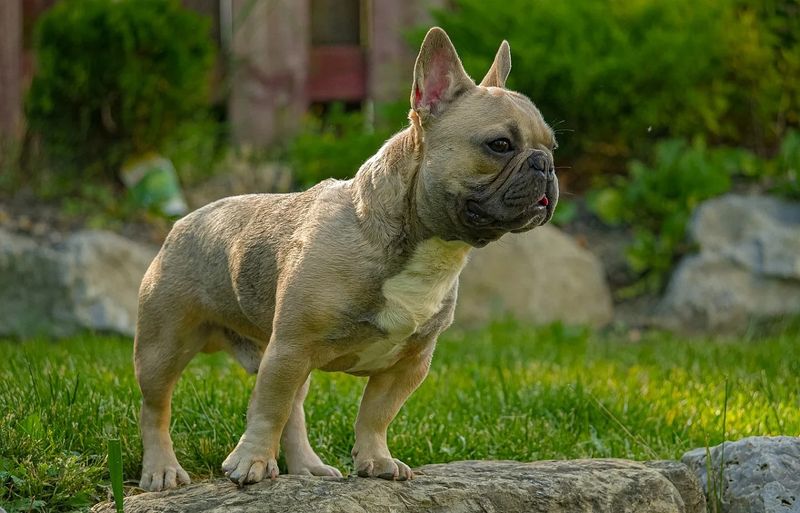
Beyond their hefty purchase price (often $3,000+), Frenchies rack up expenses through their numerous health challenges. Their flat faces lead to breathing difficulties, sometimes requiring corrective surgery costing $2,500+.
Unable to breed naturally, reproduction requires artificial insemination and often C-sections. Heat-sensitive and prone to spinal issues, many owners invest in specialized equipment, cooling vests, and ramps—all adding to the substantial lifetime cost of these trendy companions.
8. Bernese Mountain Dog

Gorgeous tri-colored coats require regular professional grooming sessions costing $75-100 each. Their massive size means enormous food bills—often $100+ weekly for quality nutrition.
Sadly, these gentle giants have one of the shortest lifespans among large breeds (6-8 years) and face numerous health challenges. Cancer affects over half of all Berners, with treatments potentially costing $10,000+. Many owners purchase premium health insurance, adding another monthly expense.
9. Irish Wolfhound
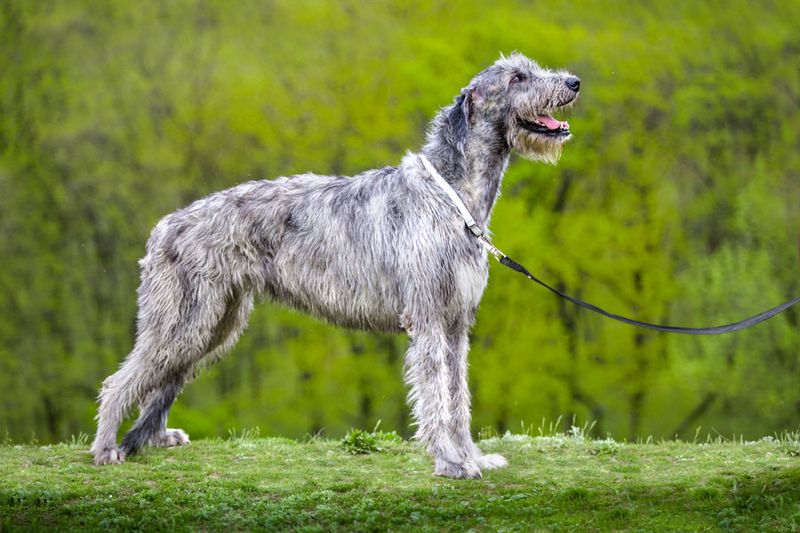
Reaching seven feet tall when standing on hind legs, these historic giants consume massive amounts of food—often 4-5 cups per meal, twice daily. Monthly food expenses easily exceed $250 for quality nutrition.
Their size necessitates larger living spaces, specialized vehicles, and custom-made beds and crates. Heart disease, bone cancer, and bloat are common, leading to substantial veterinary bills. With lifespans averaging just 6-8 years, these expenses are concentrated into a relatively short period.
10. Löwchen
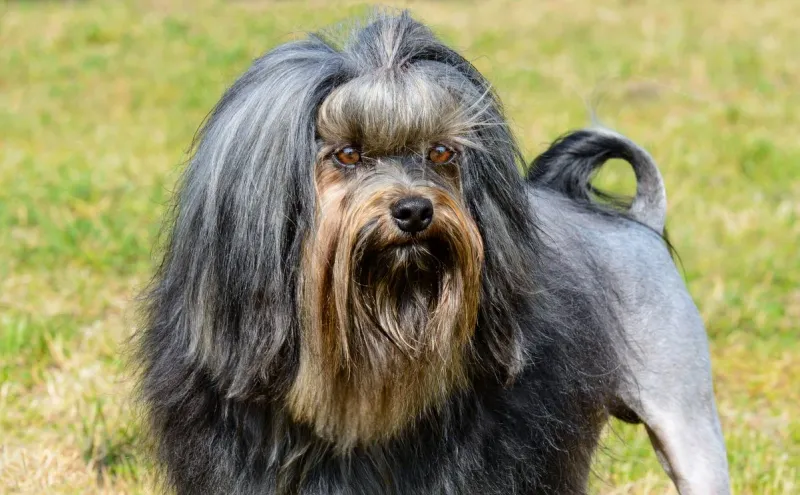
Nicknamed “little lion dog” for their traditional lion-like clip, these rare pups often cost $5,000+ initially. Their continuous hair growth requires professional grooming every 4-6 weeks at $75-100 per session.
Rarity means finding specialized veterinary care can be challenging and expensive. Prone to luxating patellas and progressive retinal atrophy, healthcare costs can add up quickly despite their small size. Specialized breeding programs to maintain this ancient breed also contribute to their high price tag.
11. German Shepherd

Famous for police and military work, these intelligent dogs require substantial mental stimulation through toys, puzzles, and training—easily costing $1,000+ annually. Their thick double coats shed profusely, necessitating professional grooming or high-quality home equipment.
Prone to hip and elbow dysplasia, many owners face surgical corrections costing $3,000-7,000 per joint. Their working heritage means higher energy levels requiring more exercise, time, and often specialized training classes that add to their considerable lifetime cost.
12. Saint Bernard
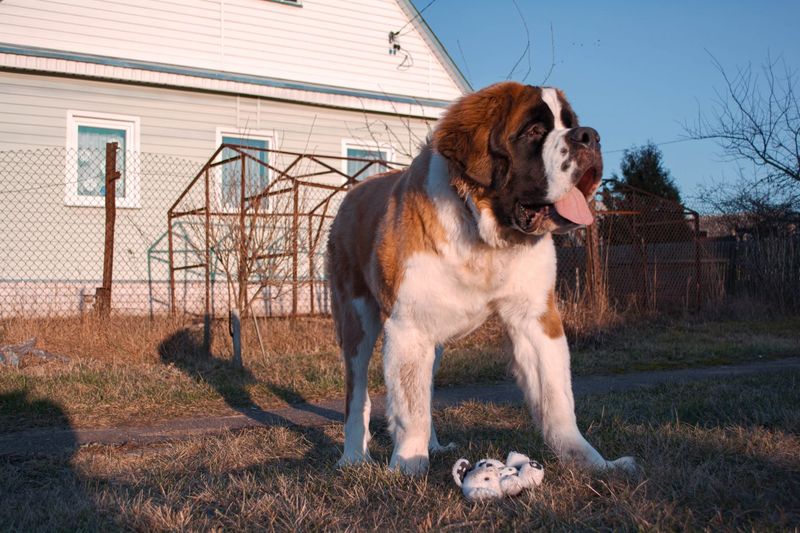
Weighing up to 180 pounds, these gentle giants can devour 5-6 cups of premium food twice daily, creating monthly bills of $200+. Their famous drooling habits mean constant cleaning supplies and potential home repairs.
Commonly affected by hip dysplasia, elbow dysplasia, and bloat, medical expenses can quickly reach five figures. Their massive size requires specialized equipment including reinforced beds, larger crates, and heavy-duty toys—all commanding premium prices compared to standard dog supplies.
13. Akita
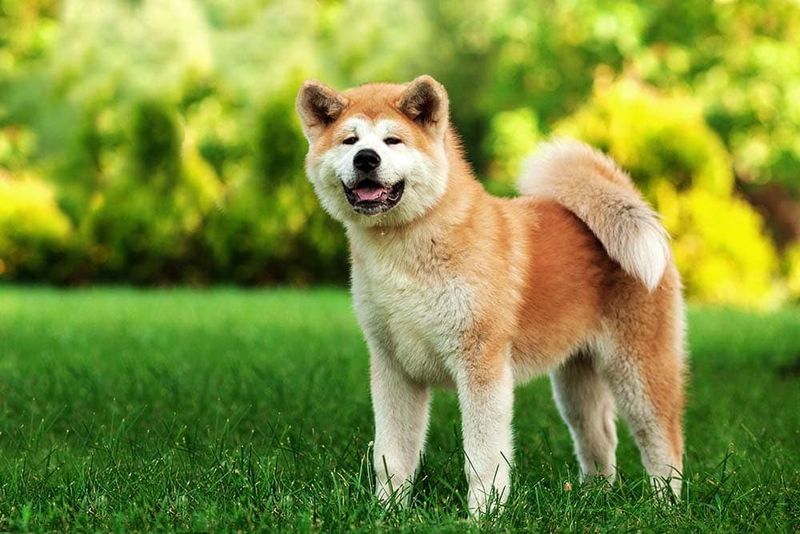
Revered in Japan, these dignified dogs shed their thick double coats explosively twice yearly, requiring professional grooming sessions costing $100+ each. Between blowouts, regular brushing with specialized equipment is essential.
Notoriously strong-willed, many Akitas require professional training costing $1,000+ annually. Health concerns include immune disorders, hip dysplasia, and thyroid problems. Their prey drive and same-sex aggression often necessitate secure fencing and careful management, adding to ownership expenses.
14. Newfoundland
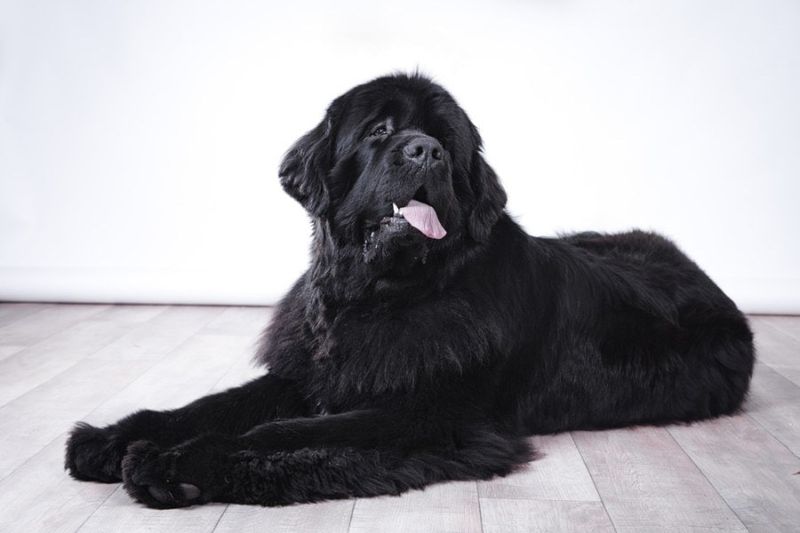
Famously water-loving, these 150-pound behemoths consume enormous amounts of food—often $200+ monthly. Their dense, water-resistant double coats require professional grooming every 4-6 weeks at $100+ per session.
Drooling is legendary, necessitating “drool towels” throughout the home and frequent cleaning. Prone to serious heart conditions, hip dysplasia, and bloat, medical expenses can be substantial. Their size requires larger living spaces and often home modifications, adding to the considerable cost of ownership.
15. Cavalier King Charles Spaniel
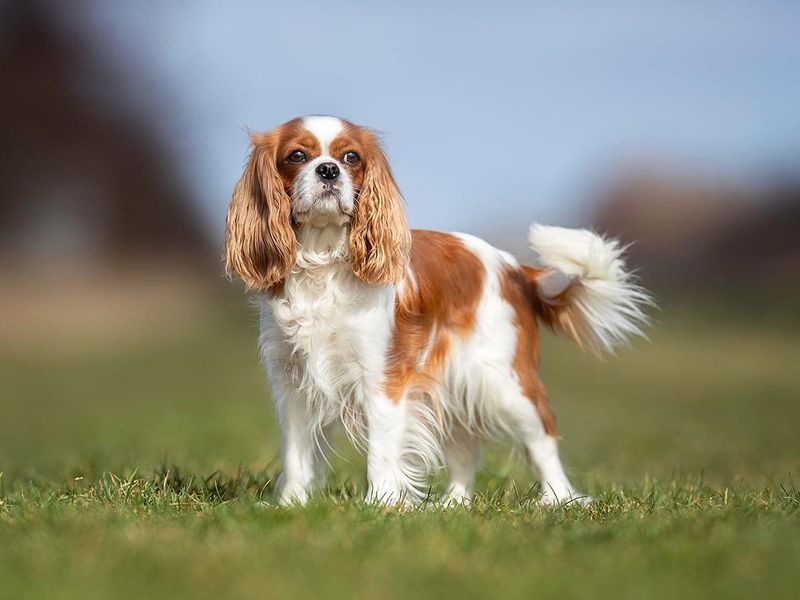
Behind those soulful eyes lies a breed plagued by health issues that can drain bank accounts. Nearly all Cavaliers develop mitral valve disease by age 10, often requiring medication costing $100+ monthly and eventual cardiac treatment.
Syringomyelia, a serious neurological condition, affects many Cavaliers and can require MRIs costing $2,500+ and ongoing medication. Their silky coats need regular professional grooming, while dental issues common to the breed add another layer of expense to these otherwise charming companions.

